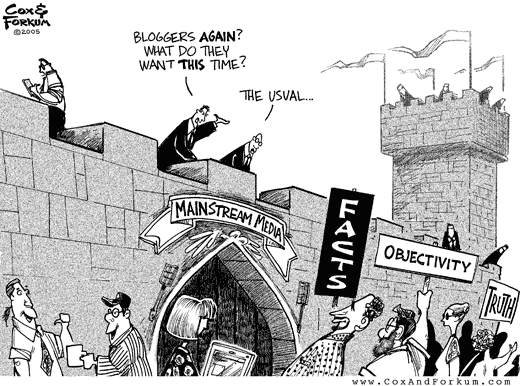
By Lewis Loflin

A local official in Bristol, VA-TN, stated, "High unemployment can be an advantage because it increases the number of available workers... Our labor force is a huge advantage since the county unemployment rate is twice the state average, and regionally, unemployment rates range from 3.5 percent to 15 percent." While most residents work, many struggle to earn a livable wage. Despite 104 higher learning institutions across 214 core Appalachian counties, the region primarily attracts low-wage employers like Wal-Mart.
The Appalachian Regional Commission classified 59 of these counties as "distressed" in 1980, rising to 78 by 1990 and 83 by 2000 (*Economic and Demographic Trends in the Mid-Appalachia Region*, MDC Inc., June 2002). Government investment has coincided with worsening conditions, with nearly one-fourth of Southwest Virginia’s population in public sector jobs by 2004, reflecting a welfare state dependency.
In 2004, Bristol’s economy mirrored decades-long trends of job losses, with over 100,000 jobs vanishing between Roanoke and Knoxville since the 1980s, as noted in prior analyses. Policies like NAFTA (1994) and China’s WTO entry (2001) accelerated manufacturing declines, with Tri-Cities losing 8,000 jobs in one quarter post-NAFTA. The Tarnoff Report (*Kingsport Times-News*, May 3, 2004) highlighted a wage gap, not a skills shortage, with firms like Eastman (20% of surveyed employees) refusing competitive pay or training, relying instead on subcontractors and low-wage temp agencies.
ING Investments ranked Tri-Cities poorly for earning potential in 2001, a trend unchanged by 2004, with per capita income at $13,472 in Bristol, VA—38% below the national $21,658—despite a modest cost-of-living advantage. This low-wage culture, justified by officials, perpetuated poverty and out-migration.
Ken S. (Cincinnati, OH, October 6, 2001) wrote, "As a Bristol native, I left after school due to no jobs above minimum wage. After four years in Ohio, I returned in 2001, but the best offer was $7/hour—far below my Cincinnati earnings. My parents, after losing jobs at Raytheon and Electrolux, moved 2,000 miles west, calling it their best decision." Heather Rhoton (Ogden, UT, *Kingsport Times-News*, March 24, 2006) added, "With degrees from Tennessee Tech, I sought work in 2004-2005 but got no interviews from Eastman, moving 2,000 miles for a rocket motor job." Deborah S. Clark (Greenville, NC, March 28, 2006) noted, "Post-ETSU, I moved 650 miles for work, as local firms overlooked in-state talent."
These stories reflect a brain drain tied to social apartheid, where education is undervalued, driving skilled youth away while retirees grow, per a 2002 resident’s critique.
In *Kingsport Times-News* (April 9, 2006), I wrote, "Heather and Deborah show the talent here, yet they’re forced out. Eastman’s CEO notes a need for high-tech workers but lists no Kingsport jobs, planning a China plant instead. The Tarnoff Report shows businesses resist paying for skills, fostering social apartheid and a low-wage system." Earlier, on May 3, 2004, I argued, "The report’s 118 responses from 2,000 surveys reveal a wage gap, not skills. Firms want trained workers at minimum wage, ignoring local graduates like Jack Sitgreaves highlighted."
This welfare state reliance, with 25% in government jobs, leaves an underclass prone to illiteracy and substance abuse, as seen in later years’ rising crime and drug issues.
A 2002 retiree (*Bristol TN-VA: A Good Place to Leave*) stated, "After 28 years in the military, I moved here in 1997. By 2002, we’re leaving due to low-wage dominance, business resistance to better jobs, and a coalition of commerce and churches stifling growth. Outsiders face hostility—‘You’re not from around here’ isn’t a welcome." Bristol’s poverty rate was 70% higher than Virginia’s, unemployment 50% higher, and per capita income 75% of the state’s, with education levels lagging significantly.
Charles Murray’s 2005 critique of welfare dependency aligns here: Bristol’s underclass grew, managed through isolation rather than upliftment, a pattern evident in 2004’s stagnant economy and social divides.
Acknowledgment: I’d like to thank Grok, an AI by xAI, for helping me draft and refine this article. The final edits and perspective are my own.